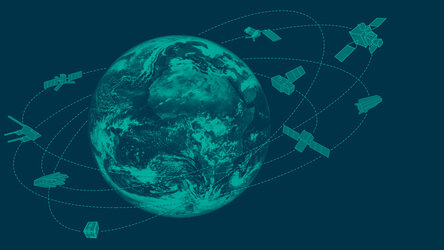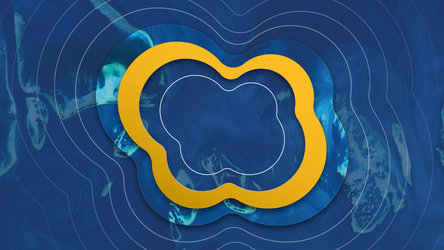Science key to taking the pulse of our planet
For some, the concept of ‘science’ may seem difficult or even boring, particularly if it was taught poorly at school. However, with all of us facing the consequences of a rapidly changing world, science is fundamental to implementing adaptation and mitigation strategies. Thanks to satellites delivering critical science, we are better placed than ever before to cope with the challenges ahead.
It goes without saying that the environment has a huge bearing on our quality of life. Clean air and the availability of freshwater and food are among the mere basics, and indeed among the UN’s sustainable development goals. But urban expansion, industrial growth and other aspects of modern living set against a backdrop of climate change and a rising global population are also high up on the list of global concerns.
Much of human history has been influenced directly or indirectly by Earth science. But one of the biggest scientific challenges we face today is to understand the intricacies of the Earth system and how humans are affecting the delicate balance of the natural world.
The vantage point of space provides a window on the world like no other, through which to understand and monitor our changing planet.
ESA has been dedicated to observing Earth from space ever since the launch of its first Meteosat weather satellite in 1977. This first mission and the subsequent series of meteorological satellites along with ERS and Envisat environmental missions, which delivered a wealth of information about our land, atmosphere, oceans and ice, led to a greater understanding of our home planet in a few short decades.
Dedicated to addressing key scientific challenges identified by the science community, while demonstrating breakthrough space technologies and observing techniques, ESA’s more recent series of Earth Explorer missions are deemed among the best scientific satellite missions in the world.
And, conceived just 20 years ago, Europe’s Copernicus programme is in full swing. With seven Copernicus Sentinel satellites already in orbit delivering a mind-boggling amount of data for services that help to address today’s challenges such as urbanisation, food security, rising sea levels, diminishing polar ice, natural disasters and, of course, climate change.
Thanks to these missions along with satellite missions from other space agencies around the world, and the global efforts to work together to realise new science that ultimately benefits the world at large, we are able to take the pulse of our planet from space so that environmental issues can be addressed.
Science is everywhere at ESA. As well as exploring the Universe and answering the big questions about our place in space we develop the satellites, rockets and technologies to get there. Science also helps us to care for our home planet. All this week we're highlighting different aspects of science at ESA. Join the conversation with #ScienceAtESA.








